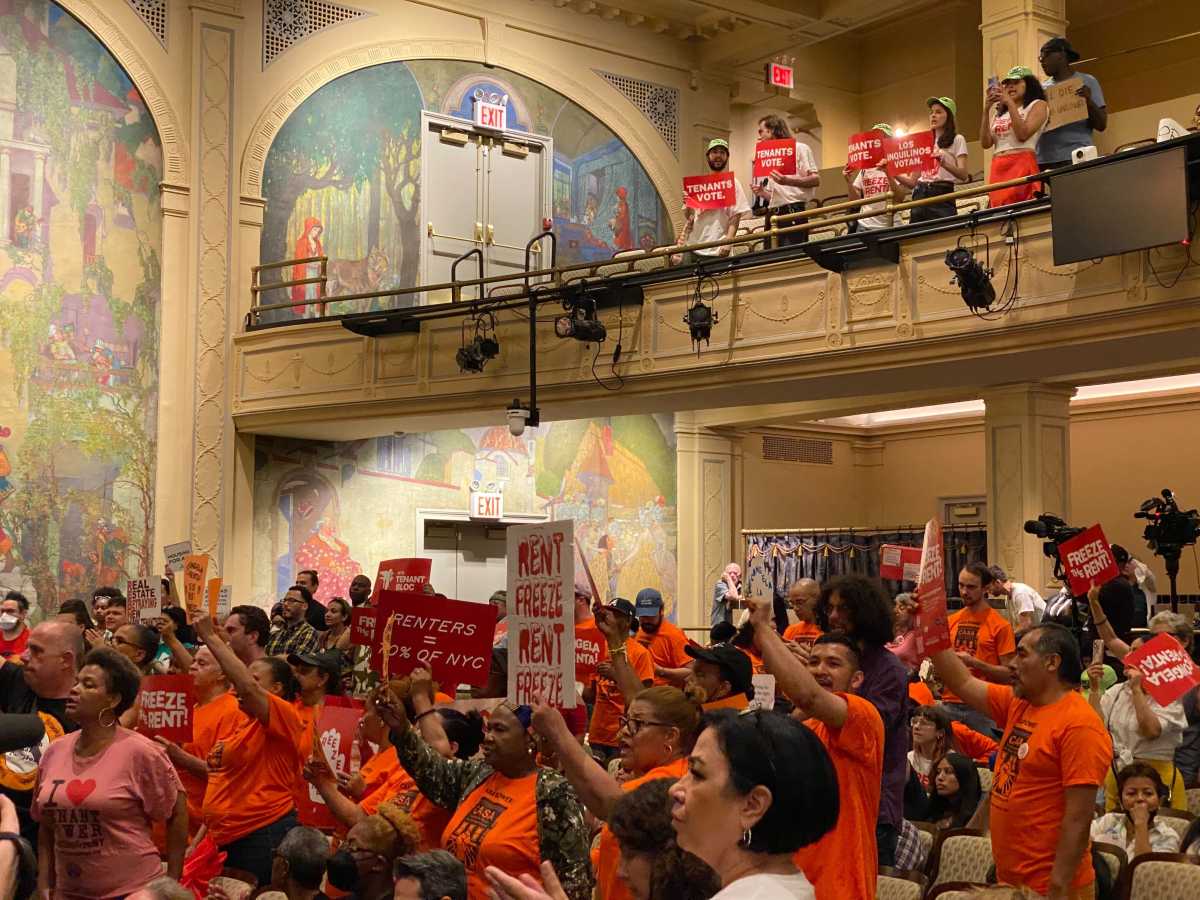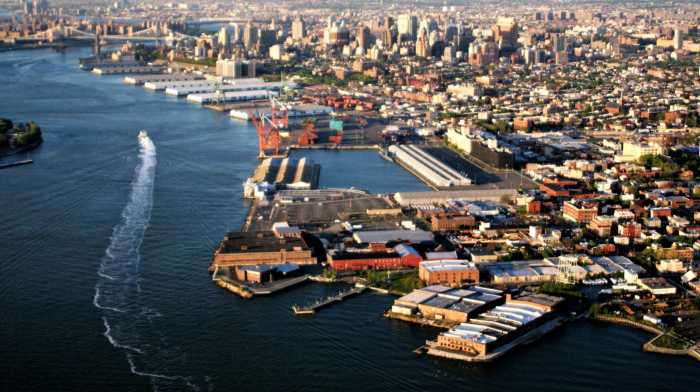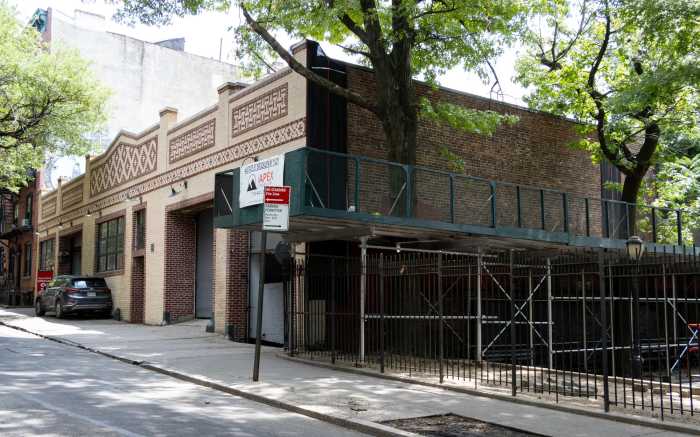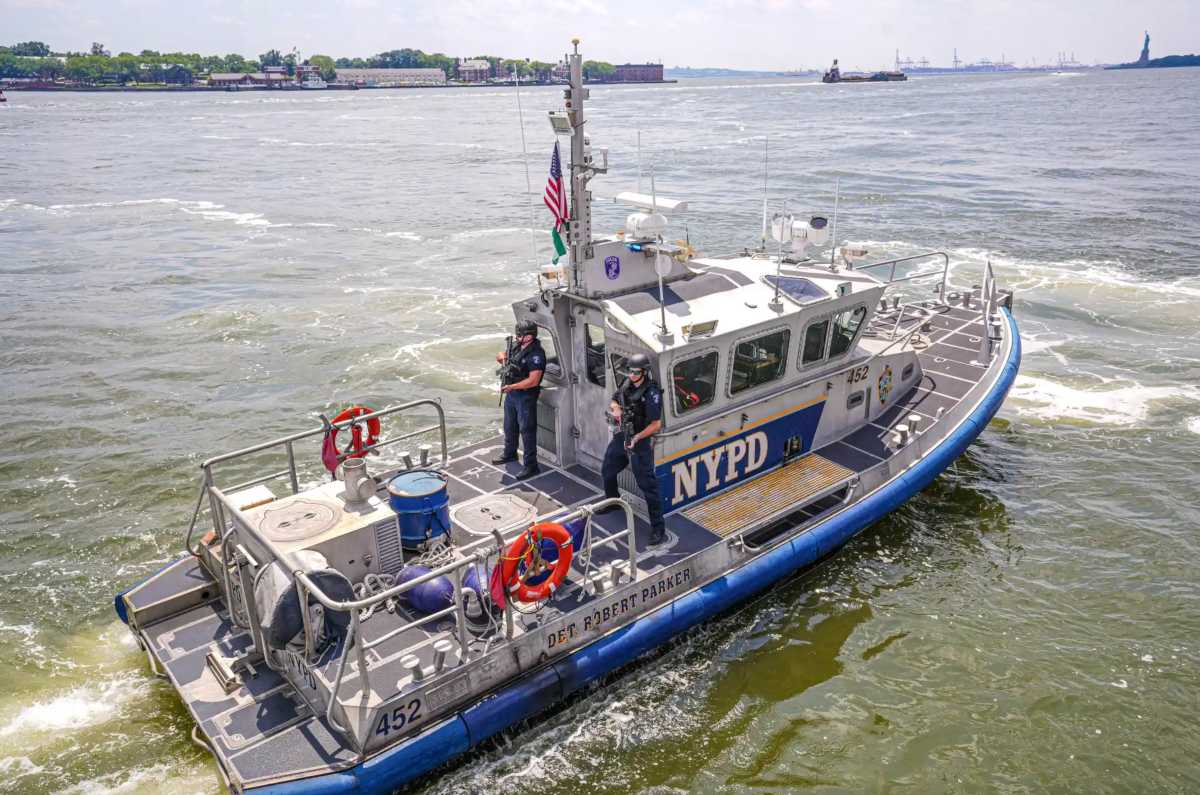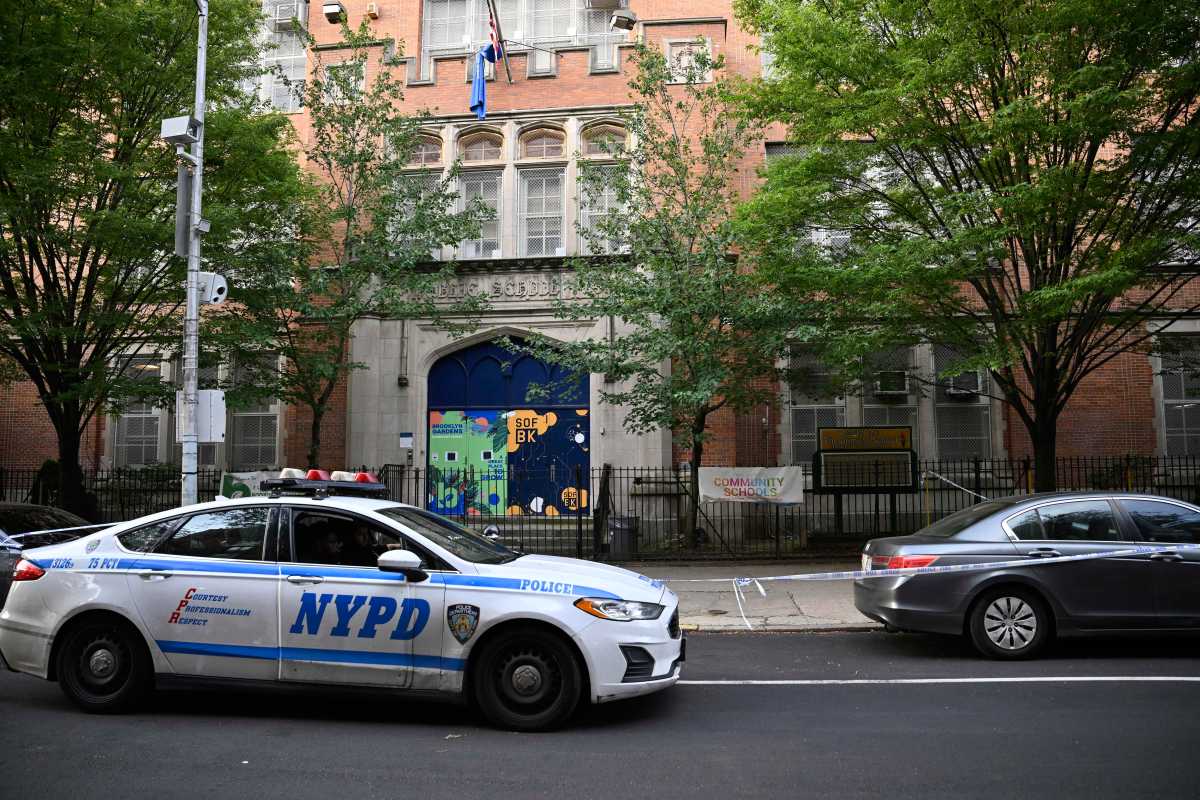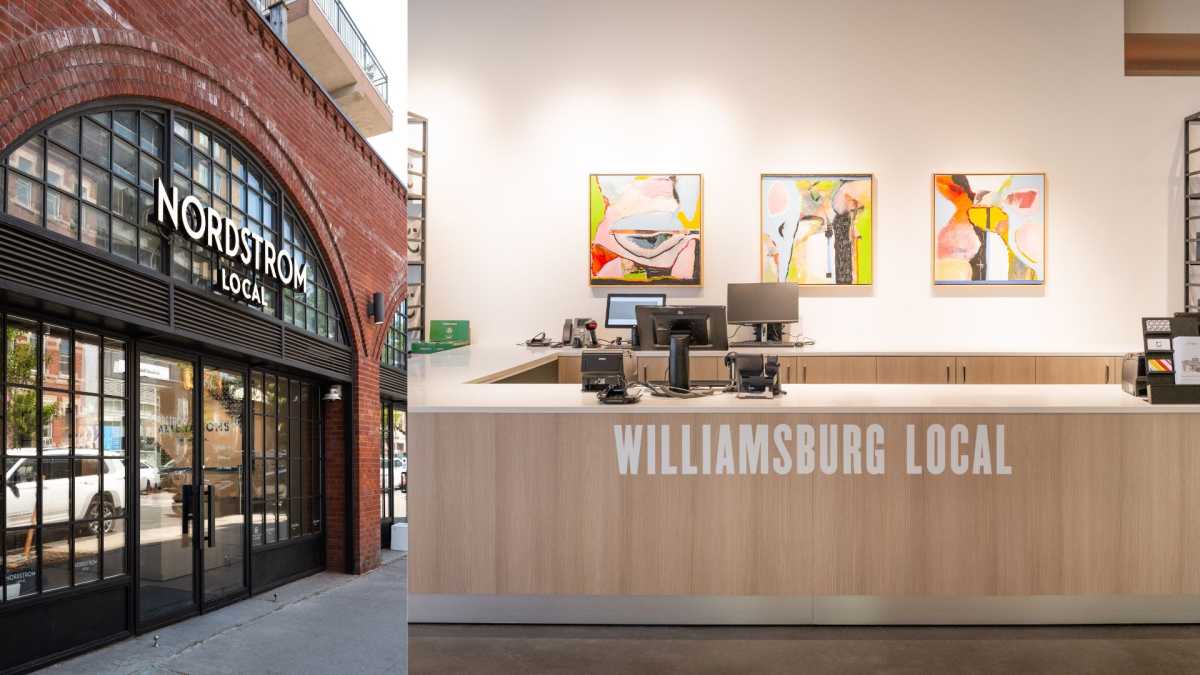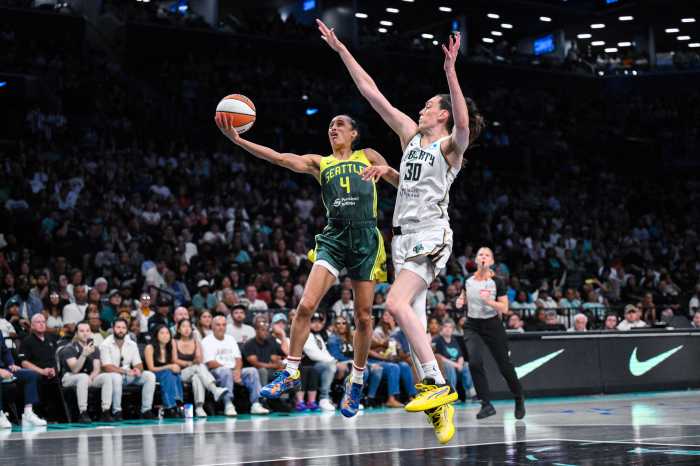The battle for the soul of the Gowanus Canal begins on Thursday night. That’s when a local community board will kick off the rigorous public review process for a proposal by Toll Brothers to build a 447-unit mixed-income residential, commercial and open space project between Carroll and Second streets along the banks of the fetid waterway.
The usual anti-development types are already lining up against the Toll Brothers plan — but we think the opposition is misguided.
Yes, this newspaper has occasionally opposed developers — the name Bruce Ratner comes to mind — who skirt the city’s normal public review process and demand massive public subsidies to ensure tremendous profit.
But Toll Brothers, which needs a city zoning change to realize its vision, is going about it the right way.
First and foremost, the company will go through the city’s “uniform land-use review procedure,” which is an eight- to 12-month analysis that gives many different jurisdictions — the community board, the borough president, the City Planning Commission, the City Council and the mayor — plenty of time and staff expertise to fully vet the proposal.
Also important, the developers are not asking taxpayers to underwrite an oversized project. Yes, taxpayer money would be sought so that 30 percent of the units can be set aside for below-market-rate tenants, but Toll Brothers is not seeking eminent domain or the kind of oversized subsidies and taxpayer-financed “infrastructure” improvements that others have gotten.
Additionally, the project involves substantial risk to the developers, who would be responsible for convincing prospective tenants to live alongside the Gowanus Canal, a toxin- and sewage-filled corpse of water that has been left to molder by city, state and federal authorities — and property owners.
They won’t try to do it only through glossy fliers, but through hard work and costly environmental mitigations.
That would be a refreshing change.
For decades, there has been talk of cleaning up the waterway, but talk — and government — has been cheap. Truly cleaning the canal requires fixing an antiquated sewer system so that raw sewage no longer cascades into the canal during heavy rainfall. The federal government has shown little concern, saying this year that it would be satisfied if the canal water was merely clean enough for fish to propagate.
That ruling was fine for lower aquatic life, but it basically sold us humans down the river.
We have long held that the only way to create a community that’s actually invested in the health of the canal is to have people live there. Otherwise, there’s no pressure on elected officials to do anything, no constituency to which the pols have to answer.
If there are hidden flaws in the Toll Brothers’ draft environmental impact statement, Thursday’s hearing will start the process of exposing them.
But it will also reveal how important this project is for the soul of the Gowanus Canal.


